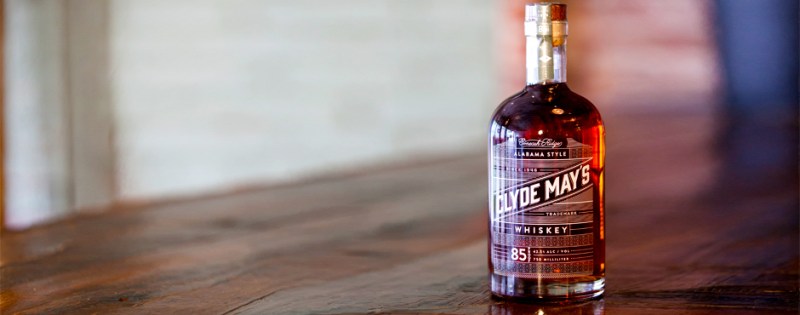
That’s why it should be no surprise that Clyde May’s is putting Alabama Whiskey firmly back on the map. Formerly known as Conecuh Ridge Whiskey, the brand has recently changed hands (due to some risky business that you can read about elsewhere) and is looking to make a splash on the whiskey market. And with a great taste, as well as a sleek, Prohibition era bottle design, Clyde May’s should prove more than able.
Clyde May, the man, is a legend in his own right. Over 70 years ago, in the Conecuh Ridge (located in the southeast corner of Alabama), Clyde May distilled his first batch of whiskey. His batches were known for their purity due to the use of copper stills, fresh spring water and fine, local grains. Unfortunately, May was a bit of a rebel and operated outside of Alabama’s state liquor laws. He was eventually put in a state penitentiary to serve an eight-month sentence. Before and after his hitch, Clyde May was known for his “Christmas Whiskey,” which he gave away to locals as a sign of festive goodwill.
What gives Clyde May’s its “Alabama Style” (other than originating in Alabama), is the addition of oven-dried apples to each barrel. This extra ingredient gives the whiskey hints of green apple and cinnamon that are not frequently found in other brands of whiskey and bourbon across the country. We’re talking about hints of cinnamon here, not a full-on blast that you find in something like Fireball.
After being named the state spirit of Alabama under the Conecuh Ridge Whiskey name, Clyde May’s is looking to move forward and establish a brand new tradition in a crowded market place. With its notes of cinnamon, caramel and butterscotch, a boozy kick that will satisfy the serious drinker and a sleek package, there’s no doubt that you’ll be seeing Clyde May’s at barstool near you soon.


